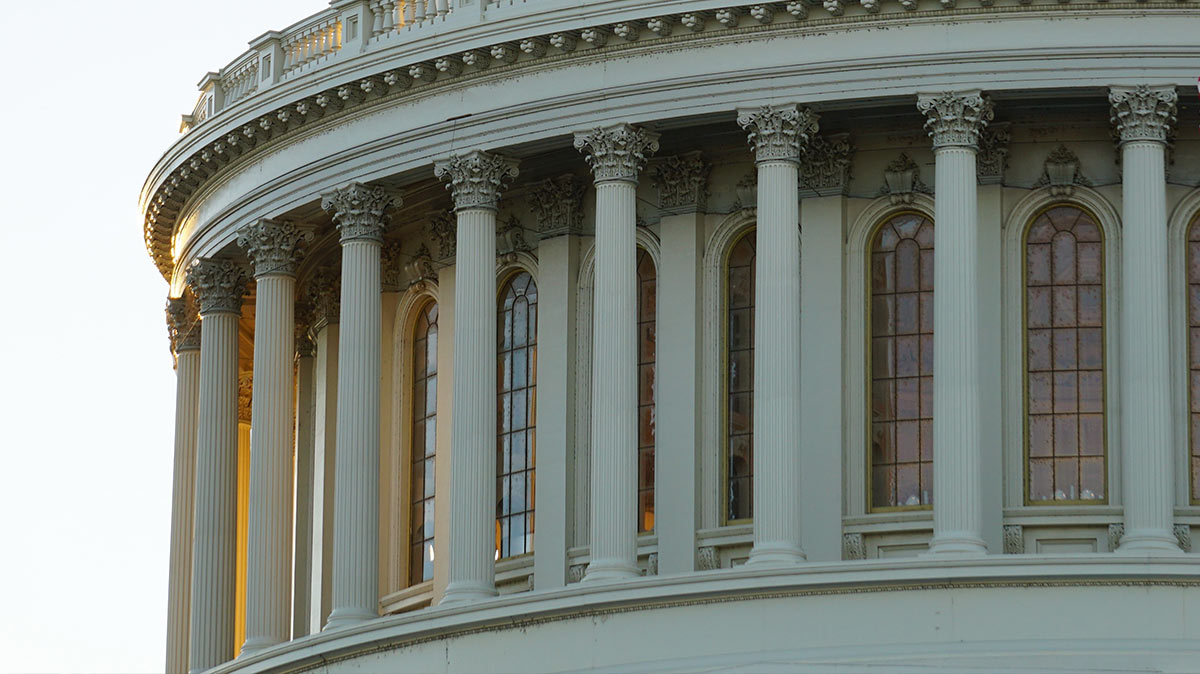The COVID-19 pandemic is receding, but state and local governments are still struggling financially. The American Rescue Plan Act of 2021 includes a once-in-a-lifetime transformational opportunity for local communities to set their own financial priorities and make much-needed local improvements (without having to seek approval from their states, counties, or other outside agencies).
Guaranteed Funds for Every City, Village, Town, and Township
As passed by Congress, the $1.9 trillion American Rescue Plan (ARP)—overseen by the U.S. Department of Treasury—includes $350 billion in “emergency funding for eligible state, local, territorial, and Tribal governments . . . to fill revenue shortfalls among these governments, and support the communities and populations hardest-hit by the COVID-19 crisis.” Of that $350 billion total, $65.1 billion is specifically earmarked for local governments. This “Coronavirus Local Fiscal Recovery Fund” is completely separate from the state and county monies. In fact, language in the ARP protects Fiscal Recovery Fund money from all state or county interference. States are absolutely compelled to distribute funds to communities and will be penalized for failing to do so. They cannot put additional limitations on how/when/where those funds are spent by local governments, or penalize communities for receiving those funds (for example, by using the existence of Fiscal Recovery Funds as justification for withholding other state aid).
Most importantly, these are not competitive grants. In contrast to most other programs, Red House, NY (population: 38) doesn’t have to compete with New York City (population: 8.3 million) to get a grant. All 19,000 municipal governments in the United States are entitled to their fair share of the Fiscal Recovery Fund. There are no applications or certifications to justify the need. Funds for large “metropolitan cities” (like New York City) are being distributed based on the existing formula used for Community Development Block Grants. For units of local government with populations under 50,000—called “non-entitlement units” under ARP—each receives a portion of their own separate $19.5 billion pool of money on a per capita basis.
Fiscal Recovery Fund Frequently Asked Questions
While local governments have many questions about this program, there are three that top the list:
1. What do we need to prepare and send to receive our funds?
In theory, nothing. You don’t have to apply for these funds or submit a detailed spending plan.
For practical purposes, you need to make sure you are ready to receive the funds. For metropolitan cities, that means being sure you have both a valid DUNS number and an active and up-to-date SAM registration. (Funds for metropolitan communities come directly from the federal government through the SAM system.) For communities smaller than 50,000 people, you just need a valid DUNS number to meet reporting requirements. Your states will distribute funds to you.
2. When will cities need to report how funds were used? What details will they need to include?
The reporting for this program is fairly lightweight. Large metropolitan cities will need to submit an interim report by August 31, 2021. That interim report is a summary of spending from the date of award (early May 2021) through July 31, 2021, listing expenditures by category.
After that, large metropolitan cities need only submit quarterly project and expenditure summaries. These must be submitted through the end of 2026 (the official end of the award period).
Smaller local governments (population below 50,000) are only required to submit quarterly summaries.
Experts believe it’s likely that Treasury will perform spot audits of recipients through 2030 (or later). For that reason, it’s important that local governments (and especially smaller communities) keep detailed records. Newly elected or appointed staff members in ten years from now will need to be able to suitably account for how these funds were used.
3. What is the spending deadline?
The U.S. Department of Treasury has yet to clarify this, but the ARP legislation itself states that funds will “remain available through December 31, 2024.”
That said, do not obligate every dollar immediately. Fund your most vital programs and projects now, but keep some money in reserve so that you have room to pivot as new challenges and opportunities arise.
Tips from the National League of Cities
The National League of Cities (NLC) has taken the lead in helping local governments take advantage of this unprecedented program. They’ve released many extremely helpful resources (including this frequently updated FAQ).
According to NLC, there are three principles that should guide local governments as they move forward:
- Use dedicated grants/programs first: Fiscal Recovery Fund dollars constitute just 3% of the funds to be distributed under the $1.9 trillion American Rescue Plan. The full plan includes funds that must be spent on specific types of projects, like COVID testing programs, expanded broadband infrastructure, and school improvements. Be sure that you use the restricted dollars for those projects, and apply these unrestricted dollars to fill gaps and fund programs and projects that you cannot fund otherwise.
- Maintain records and document successes: People are always dubious about broad, less-restrictive government programs like this—even though economists have confirmed repeatedly that when individuals and communities are given access to funds with fewer strings attached, they use those funds wisely. Let’s all work to document our many successes, so that powerhouse programs like the Fiscal Recovery Fund become the norm in a crisis.
- Your Congressional delegation is part of your success: Invite your members of Congress to ribbon cuttings and re-openings. Make sure that they are aware of the many how these funds are transforming the communities they represent. Make it easy for them to prove to their colleagues that programs like these really work, improving lives and strengthening communities while stabilizing local economies and preparing them for future growth.



